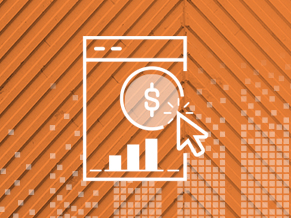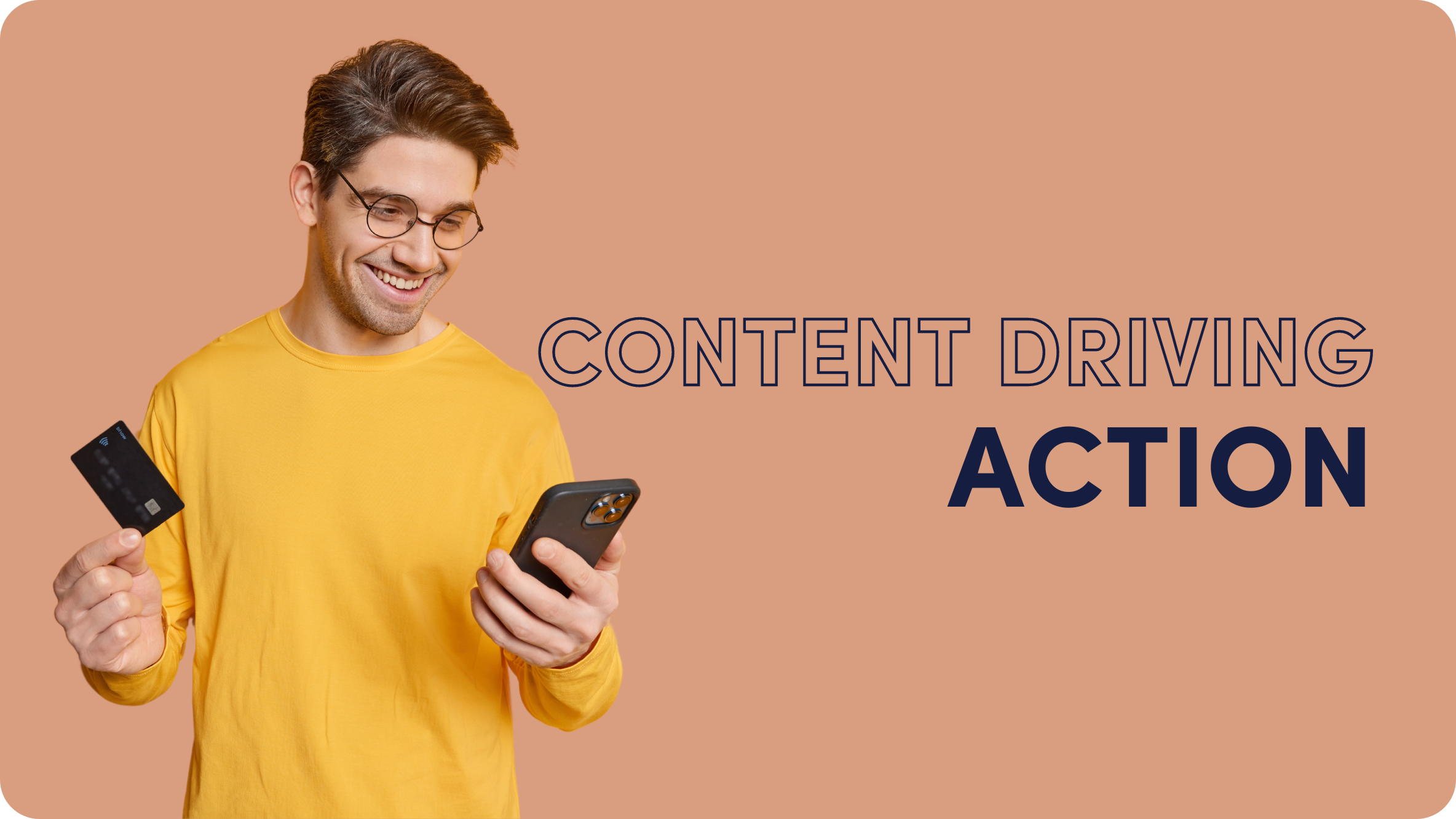10 Best Practices for Paid Search Conversion Rate Optimization

If you’re a marketer or business owner, perhaps one question you’ve found yourself asking at least once is this: how do you convert your website visitors into leads and eventually into potential clients?
The bad news is this is a constant struggle for all business owners. Fortunately, there’s always hope in a solution. And when it comes to conversions, the solution is conversion rate optimization.
Conversion rate optimization (CRO) – or what gets people to do what you want them to do on your website – is an essential element to deliver better customer journeys. This whole process involves optimizing your pay-per-click ads (PPC), landing pages, and even your website design for the benefit of your customers (and of course, your business).
It’s almost common knowledge that investing in CRO gives you an advantage over your competitors. But the surprising thing is that only 26% of small businesses and 20% of established enterprises don’t even have a conversion strategy.
Don’t be one of them. Read on to discover the pros and cons of pay-per-click ads, and then see our top tips for getting the best conversions out of your PPC campaigns.
Pros and cons of running paid search campaigns
Here are a few pros for running a PPC:
- Quickly generate traffic to your website. You can expect traffic to be highly relevant and motivated since PPC ads strategically targets those who are specifically searching for what you’re selling. We say that it’s quick too because, compared with organic SEO, users see you first on the search engine. It’s more likely that they click you first instead of browsing through other results.
- PPC is the best way to have measurable results. You can measure the number of clicks your ad received, the number of views, cost-per-click or (CPC), and most importantly, how many sales you generated through it.
- Strengthen brand recognition using PPC. Not everyone will click on your ad when they see it on the search engine results, but the fact that they always see it there can help achieve brand recall which can later turn into a sale.
- Have full control. You can take control of how much you bid, how long your campaign should run, what keywords to use, and the overall cost of your campaign. Having this much power actually makes PPC a budget-friendly option since you’ll be able to set budget caps and command search engines not to go beyond what you tell them to do.
Despite some excellent pros, there are a few drawbacks to PPC as well, particularly:
- Going “organic” (SEO) or paid (PPC). Like PPC, SEO can also drive good results such as being in the top results for a longer period or you could appear more credible compared to PPC ads. Either way, a best practice is to learn how to combine both SEO and PPC so you can achieve better and stronger results.
- You might get caught in a bidding war with competitors for keywords. Yes, you can work within a budget, but sometimes you have to spend more to get the keywords that you want.
- PPC is temporary. If you rely so much on PPC without any support or back-ups, then your listings will disappear once your budget runs out. That’s why it’s always wise to use SEO with PPC ads.
But what does PPC have to do with CRO? Simply put: you optimize your ads to get your website visitors do what you want them to do, such as subscribing to your newsletter or making a purchase.
Now that you know how beneficial optimizing conversion rates for PPC is, let’s learn about the best practices that can help achieve your desired results.
Paid search CRO best practices:
- Regularly evaluate your target keywords’ performance
- Include negative and local keywords
- Match your PPC ads message with your landing page
- Improve your landing page’s loading speed
- Have a “mobile-first” mindset when creating your PPC ads and landing pages
- Include call conversions
- Optimize for voice search
- Focus on conversions, not clicks
- Leverage special offers
- Make A/B testing a habit
Regularly evaluate your target keywords’ performance
Don’t get too excited with keywords and bid on just every keyword you come across in your niche.
Put yourself in the shoes of your customers – what do they search for and how do they search for it? Thus, it’s best to do your keyword research before anything else.
Research can go beyond the traditional Keyword Tool or Google Adwords’ Keyword Planner by using these underutilized keyword research tools to drive targeted traffic to your website or blog.
Next, it also helps that you be dynamic: you can divert your budget from those under-performing keywords to new or better-performing ones.
To figure out which keywords aren’t working well, you can set up a filter that shows which ones deliver the least conversions.
Include negative and local keywords
Negative keywords are the opposite of your targeted keywords. These are the search terms you don’t want to rank for.
If you’re a website designer, you want to rank for terms like “website design” and not “website analytics.” Thus, by adding negative keywords to your roster, there’s a lower chance for you to get the wrong visitors landing on your page
It also helps if you add in local keywords that allows you to gain highly targeted traffic from people around your area. Thus, you can try to rank for something like “website design Nashville” to capture relevant customers to your website.
Match your PPC ads message with your landing page
It’s best to align your PPC ad copy with the right landing page because this ultimately helps your market’s consumer journey.
Say that your PPC ad copy writes “Perfumes on Sale” but you’re sending users to a completely different section on your website. This won’t only annoy them, but you can totally lose sales and brand trust because of this.
You can also go dynamic by changing your landing page for each audience type without having to duplicate your landing page.
For example, adjust your landing page title depending on the user’s search query. By doing so, you provide a more precise landing page to the right audience which can boost conversion rates while not adding up to your development costs.
You can adjust the landing page content based on different consumer segments (Image source)
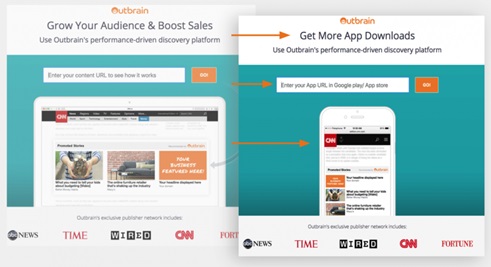
Improve your landing page’s loading speed
You also want your website to load fast because users will most likely abandon your website if it takes more than 3 seconds to load. Always remember that a slow website can do nothing but negatively impact the user experience.
If you want to check how fast your website loads, use tools like GTmetrix, Pingdom Tools, or Google’s Pagespeed Insights.
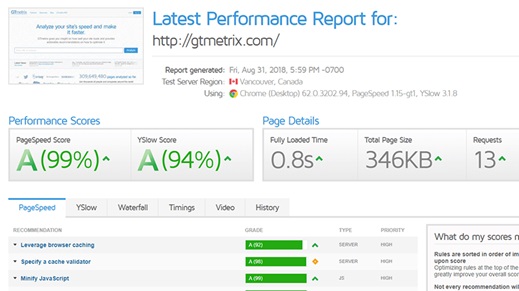
Sometimes even after implementing all the best practices normally associated with speeding up your website, it’s still not running in tip-top shape. In these cases, it’s best to reevaluate your hosting provider and choose a better web host that can provide better website performance and speed.
Have a “mobile-first” mindset when creating your PPC ads and landing pages
Mobile spending is constantly going up simply because mobile phones are deeply integrated in the lives of many people today.
According to a recent Google study, 74% of mobile users use a search engine as part of their research process. 93% of these users then go on to make a purchase.
Mobile ads are said to even perform better from a conversion and click-through rate view compared with computer or tablet-based campaigns.
Include call conversions
Being in a “mobile first” mindset, you’d know that calls could probably be the new clicks. Your paid search campaigns are now most likely to generate calls, other than form submissions. Therefore, it would help to add call analytics to know how it fares your business.
If phone calls really help your business, a conversion tracking can help you see how your ad clicks can lead to specific types of phone calls.
AdWords can even import call conversions that you can track into Google Ads. By doing so, you’re able to control which calls you count as conversions.
Optimize for voice search
We’re constantly building new relationships with our mobile devices, such as learning how to converse with it on a daily basis. Last 2017, one in five mobile searches were made by voice search.
One of the ways to optimize your PPCs for voice search is understanding that voice search queries are much longer than the average search queries. These are usually in the form of questions rather than just, well, a word or two.
A part of optimizing PPCs is also creating a list of negative keywords to avoid appearing in searches you don’t want to be in.
You can also use a keyword tool such as SEMrush and WordTracker to help you build longer-tail search queries to be able to maximize voice search traffic.
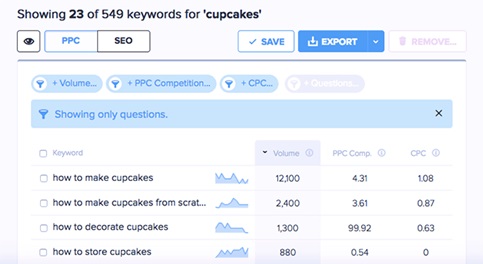
Focus on conversions, not clicks
One of PPC’s important goals is to increase conversions. This is why it’s important that conversions are measurable as it’s used to identify whether your campaign is doing well or not, and what could possibly be your next steps to optimize and improve the results further.
Clicks, impressions, and Click-Thru-Rate (CTR) may be important metrics when analyzing PPC campaigns. However, it’s not ideal to solely refer to these when you are doing multiple campaigns.
For example, a high CTR may look like your campaigns are performing well. But if you have a high CTR and low conversion rate, this may mean that your landing pages are in need of optimization. Thus, you may want to begin A/B testing your landing pages to ensure whether your ad and landing page copy are aligned.
Leverage special offers
Using special offers is making use of different urgency tactics for users to visit your website. This can be in the form of sales, time-bound discounts, and freebies that they can only get when they do a specific action on your website, like subscribing to your newsletter for example.
Right from your PPC ad, you can already draw in people by including time-bound offers in your copy such as “One Hour Flash Sale,” thus making them feel the need to make a purchase in that specific hour.
If you’re truly building up a special offer for your visitors, you can leverage on it further by incorporating your promotions into your Google ads.
Here’s an example of a brand that uses urgency tactics to encourage sales.
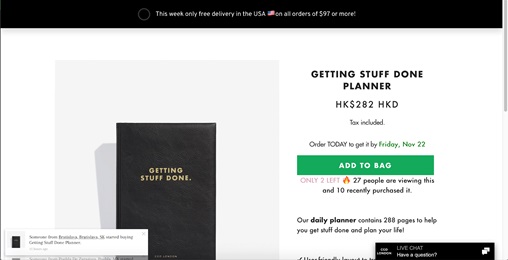
(Screenshot from CGD London)
Make A/B testing a habit
A/B Tests allow you to determine which of the 2 baseline designs are generating more conversions. From there, you get to choose what works best for your users.
With this, you can say that testing gives your customers a voice in the whole design process because you get to choose which works for them best.
The main advantage of A/B testing gives you a chance to continuously improve and get better conversion rates out of it. Out of the experience, you also get to learn which elements work best and which don’t.

Key Takeaways
Part of running a PPC campaign is learning what your goals are so that you can better determine which metrics to focus on. Whether you want more traffic, more subscribers, more leads, CRO should be at the heart of your marketing strategy.
In a highly dynamic industry as PPC, you’d have to pay closer attention to the most recent best practices in order to lessen unnecessary spending and make the most of your marketing budget.
